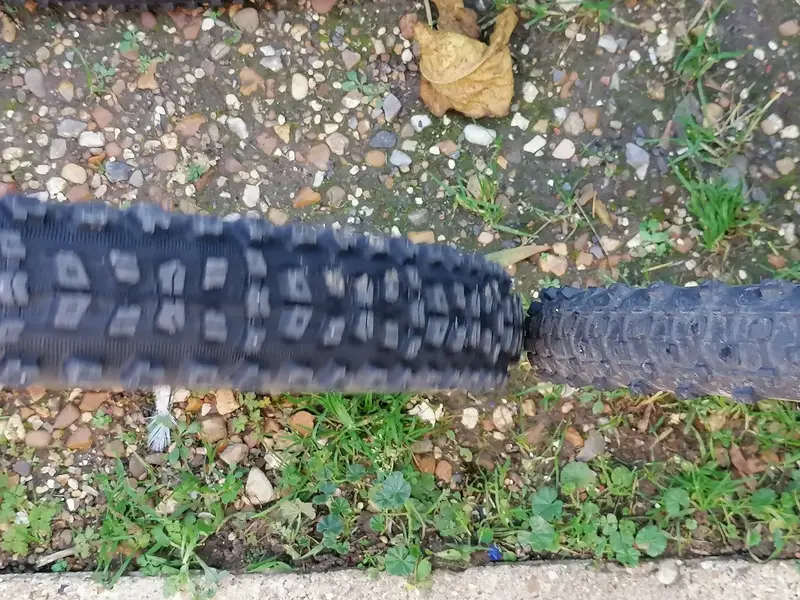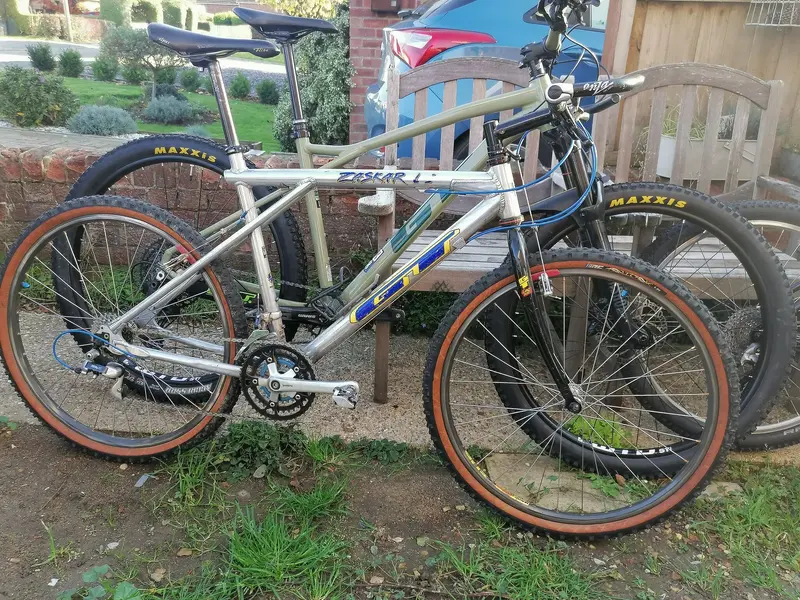xxnick1975
Old School Grand Master
- Feedback
- View
Firstly bike reviews......
Read with a filter, gist will be okay but detail often a load of crap!
Secondly,
More gears in general is helpful, but obviously front chainrings mean extra complexity, hence 1*X that's now all the rage.
Of course the bike industry is somewhat cynical, but with new bikes it's really the overall package - you want a frame and wheelset of a certain quality, and the groupset fitted will be at that same level, even if you are firmly convinced 8 speed is all you need.
Modern kit works really well, is easy to set up and pretty reliable, it does offer a lot - not perhaps the consensus on here what with it being a retro forum!
Read with a filter, gist will be okay but detail often a load of crap!
Secondly,
More gears in general is helpful, but obviously front chainrings mean extra complexity, hence 1*X that's now all the rage.
Of course the bike industry is somewhat cynical, but with new bikes it's really the overall package - you want a frame and wheelset of a certain quality, and the groupset fitted will be at that same level, even if you are firmly convinced 8 speed is all you need.
Modern kit works really well, is easy to set up and pretty reliable, it does offer a lot - not perhaps the consensus on here what with it being a retro forum!

